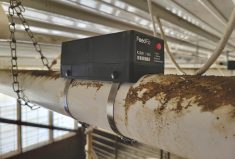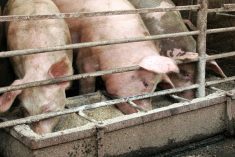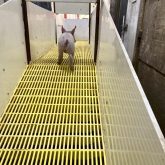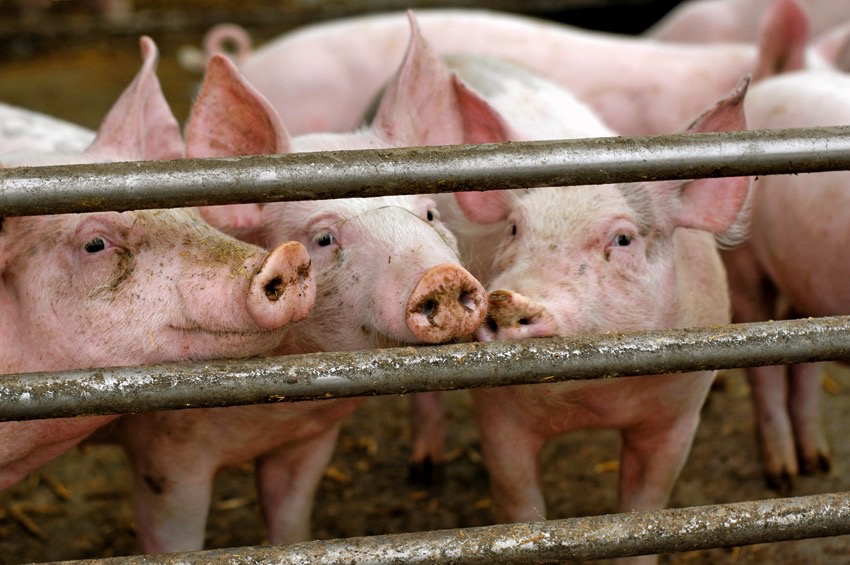Some Canadian pork veterinarians do not recommend feeding porcine plasma to nursery pigs, because pigs that have ingested it have the risk of developing porcine epidemic diarrhea.
“We know that the porcine plasma found in the initial cases in Ontario was PCR positive for PEDv,” said veterinarian Egan Brockhoff.
When those positive samples were fed back to pigs in a laboratory setting, the pigs contracted PEDv from a bio-assay test. When the virus first came to Canada, swine veterinarians recommended that pork producers refrain from feeding porcine plasma from the United States.
Read Also
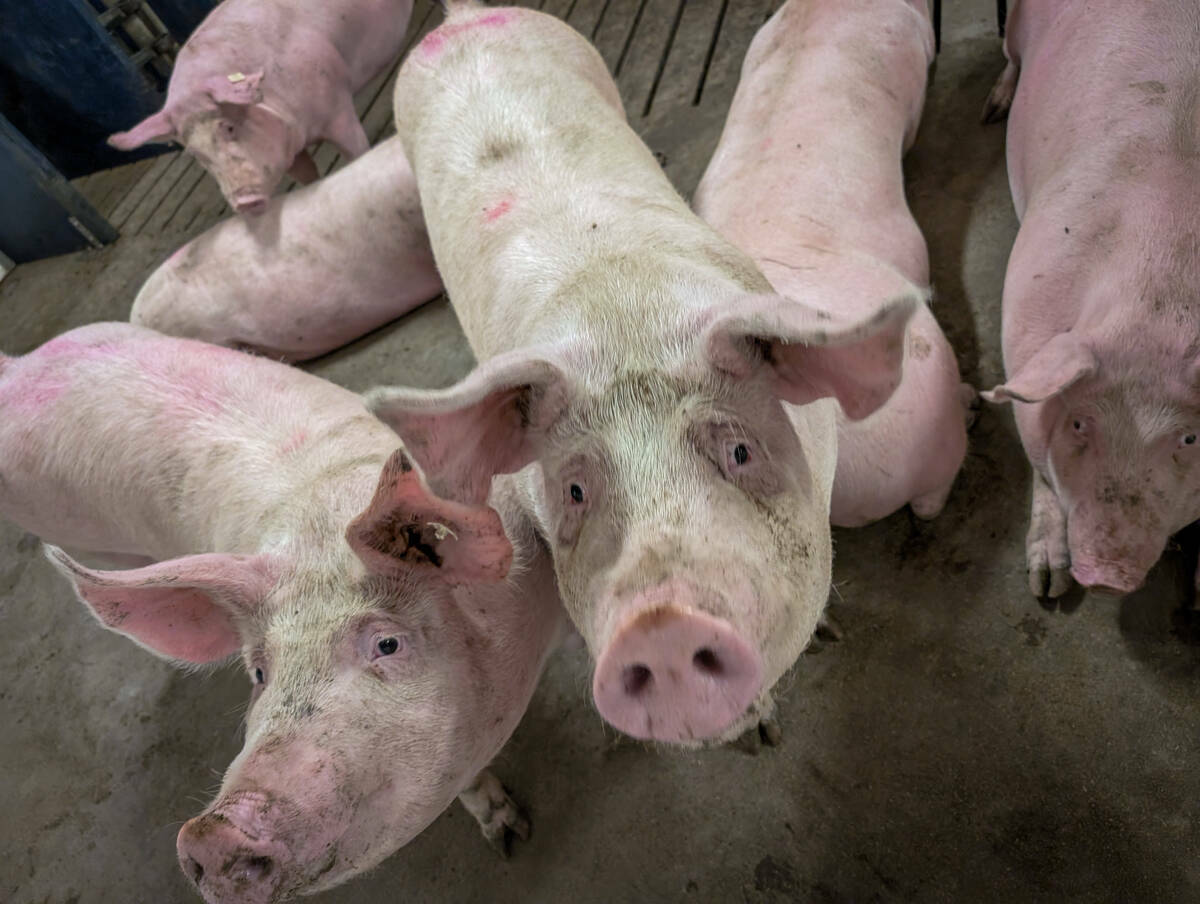
Ottawa pauses update on food from cloned livestock
Health Canada has indefinitely suspended a proposed update to the novel food policy governing foods derived from cloned cattle and swine, as well as their progeny.
“We quickly changed that to NO porcine proteins at all because we just don’t know if it’s cross-contamination or if it’s specific to those samples,” said Brockhoff. “It’s something we might never know. So our recommendation is to reduce the risk and just stop feeding it.”
- More from the Alberta Farmer Express: Officials hopeful in PEDv battle
Porcine plasma is a protein source used globally for weaned pigs, which need a highly digestible, rich source of protein for the first couple of days after weaning.
“Most of our producers don’t use it — they would use a different protein source,” said Brockhoff. “But it has been available.”
While high temperature used during the processing of porcine plasma should kill any viruses, the procedure could fail or there could be crossover contamination.
“In Alberta, we probably got lucky a little bit and probably didn’t import any plasma from infected areas in the United States,” he said.
That wasn’t the case in southern Ontario.
“I can’t remember the exact number, but about a third of the infected farms in Ontario are from contaminated feed. And the farm in Prince Edward Island is clearly from contaminated feed.”



